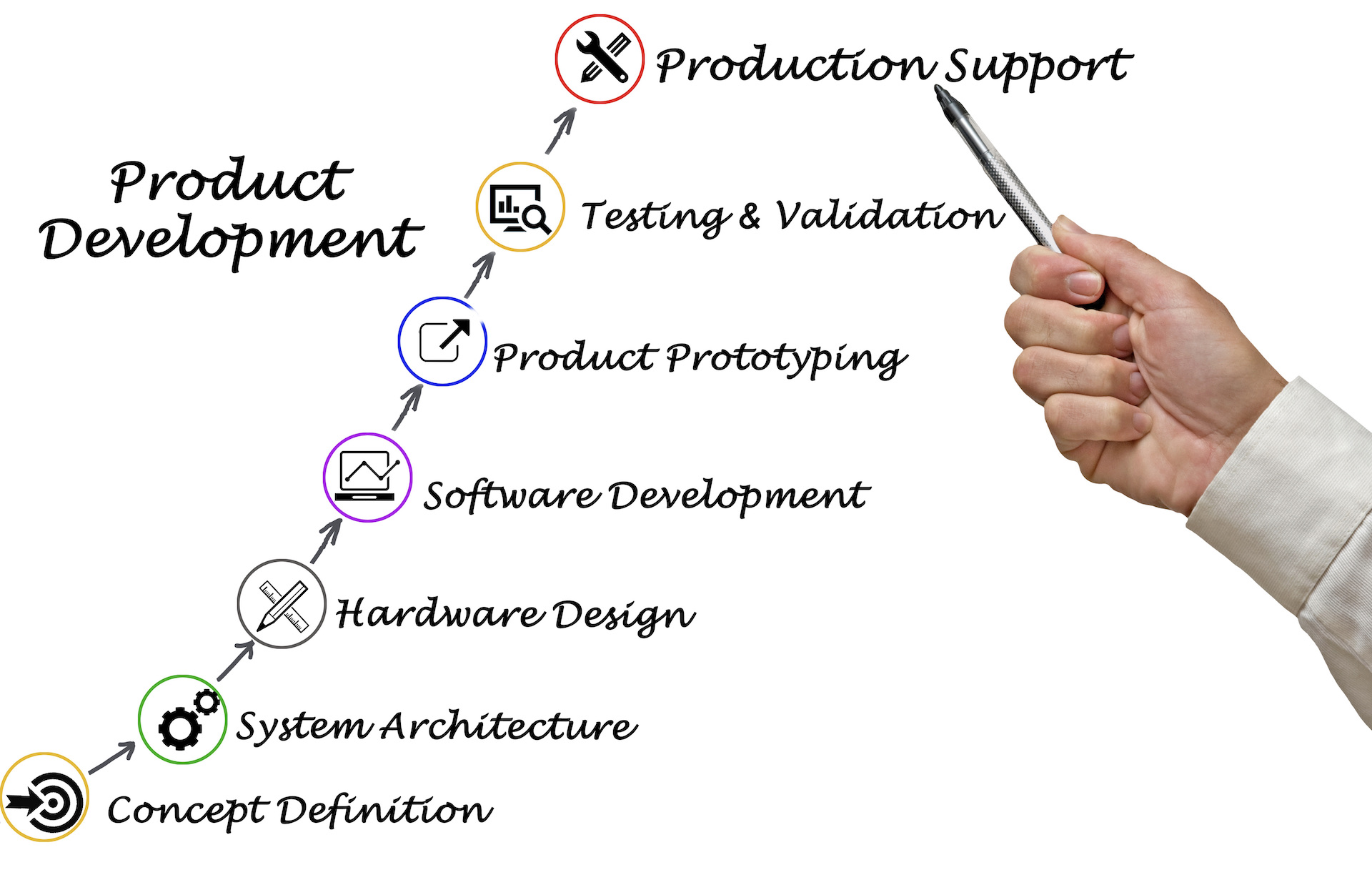R&D Tax Credit News

R&D Credit: What is R&D?
April 28, 2021
First established in the early 1980’s, the R&D Credit was created to keep high-paying, technical jobs in the United States at a time in which those jobs were being moved overseas.
Fast forward 40 years and the tax credit is one of the most impactful financial incentives for businesses, although according to a report by professional services senior manager with Thompson Reuters, Pamela Sommers, it is “not uncommon for a company to leave 10% to 30% of its credit unclaimed due to the expense and difficulty of effectively documenting it.” One of the first questions that you may be asking yourself is, ‘why is it hard to document?’
While there are several reasons for this, it all starts with qualifying the activities and determining what is R&D.
Overview
The R&D Credit is a financial reward for companies improving products, processes or software in the U.S. According to the IRS, “the research credit is generally allowed for expenses paid or incurred for qualified research. Qualified research means research for which expenses may be treated as section 174 expenses.” The Treasury Regulations under Section 174 state the expenditures must be:
1.) incurred in connection with the taxpayer’s trade or business, and
2.) represent research and development costs in the experimental or laboratory sense.
Traditionally, the image in most of our heads is that research and development is what happens in that laboratory sense, but in practice, research and development (when it comes to the R&D Credit) is rewarded at a much lower level of innovation. So, what activities do qualify as R&D?
Four-Part Test
Treasury Regulations Sec. 1-41.4 describe the exact criteria that the activities must pass, which is commonly referred to as the four-part test. The four-part test is defined as follows:
- Technological in Nature– Activities performed must be based on the “hard sciences” such as physics, engineering, computer sciences, biology, and chemistry.
- Technological Uncertainty– You are performing your development activities to uncover information you don’t already know, creating uncertainty as to the appropriate method, design, or capability related to your product, process, or software.
- Process of Experimentation– Activities require a process of theoretical and/or physical evaluation that can result in the development of design alternatives.
- Qualified Purpose– The goal of the activity must be to create new or improve the function, performance, reliability, or quality of a product, process, or software.
Exclusions
While the above outlines what qualifies as research and development, there are exclusions. Below are eight exclusions:
- Exclusion for Research after Commercial Production
- Exclusion for Adaptation
- Exclusion for Duplication
- Exclusion for Surveys, Studies, Research Relating to Management Functions
- Exclusion for Internal-Use Software
- Exclusion for Foreign Research
- Exclusion for Research in the Social Sciences, etc.
- Exclusion for Funded Research (This does not mean that items like government contracts or commercial contracts can’t be eligible as your R&D. As long as the taxpayer has financial risk and has substantial rights, eligible activities can be included as your R&D. It is advised that you have your contracts analyzed by a R&D Credit specialist for inclusion.)
Further clarification on any of these exclusions can be found here.
Conclusion
The art of the R&D Credit study is determining what activities are qualified for the credit and maybe more importantly, determining what activities are not qualified. It involves building a case through a well-supported, engineering-based interview and documentation gathering process from experts who specialize in this complex part of the code.
In 2018, a report from the Office of Information and Regulatory Affairs found that Form 6765, which is the form used for the R&D Credit, created over 285,000 hours of compliance burden. This is one of the primary reasons companies that can benefit from the credit opt to not pursue it.
Make the process simple by speaking to a R&D Credit expert or get started by identifying what your credit looks like.
Featured Projects





